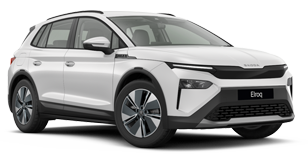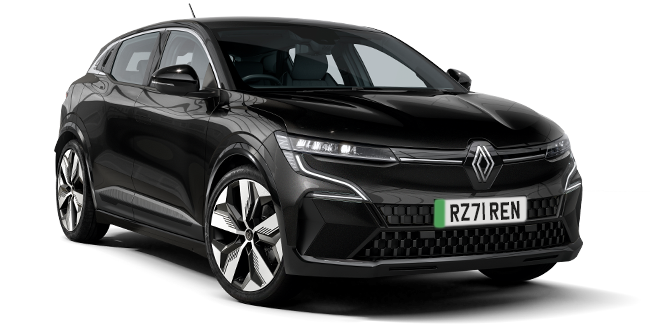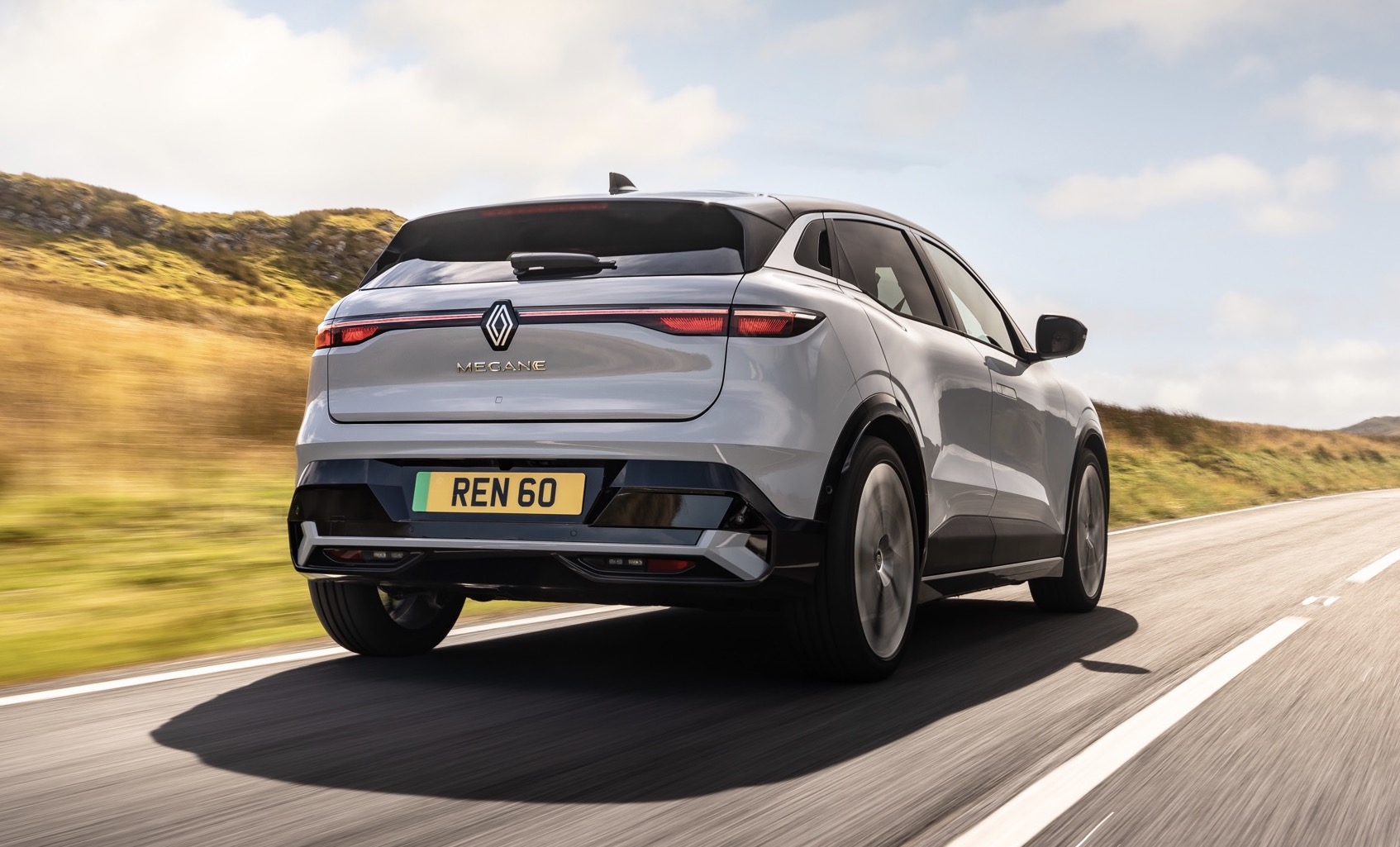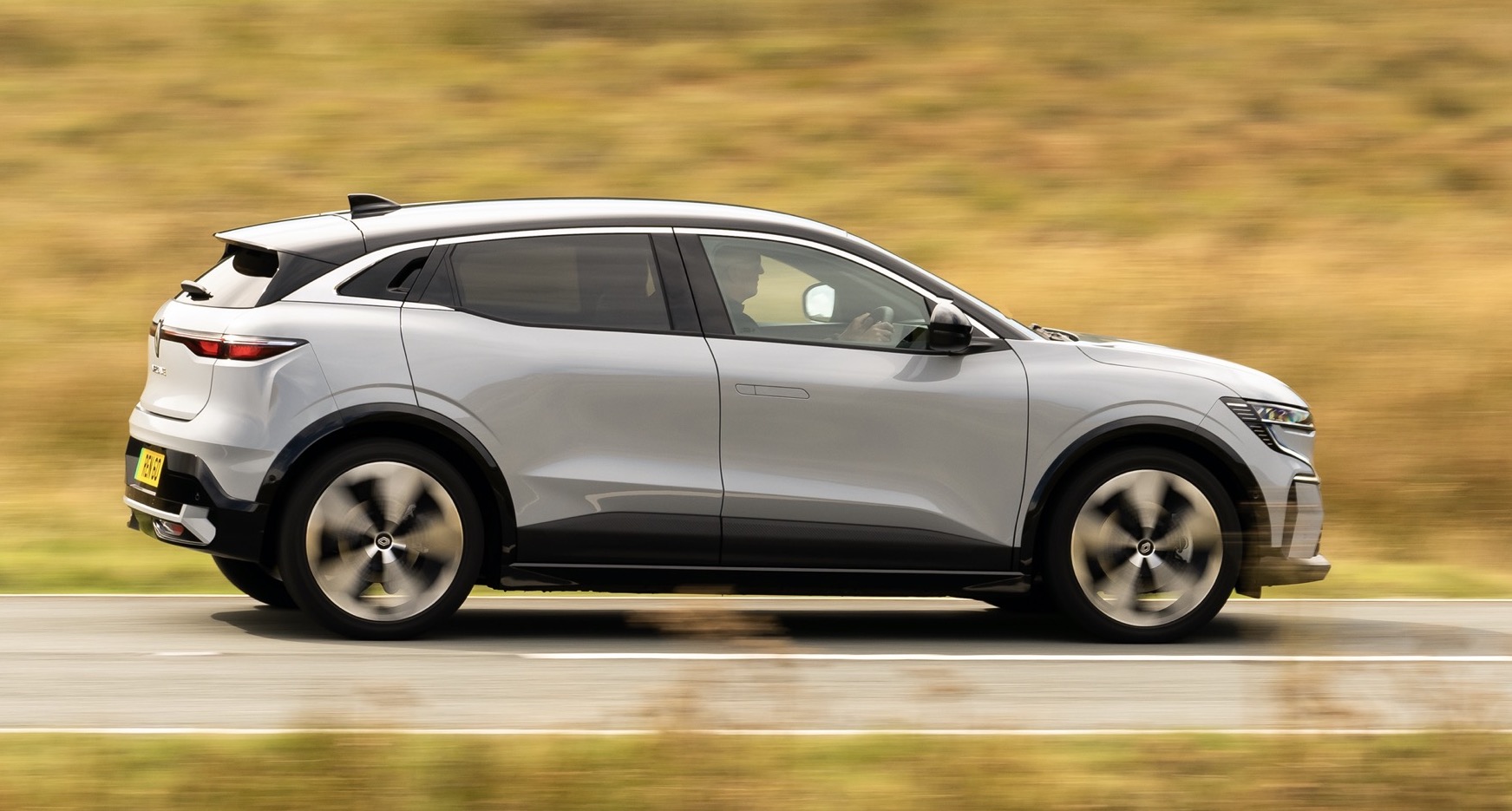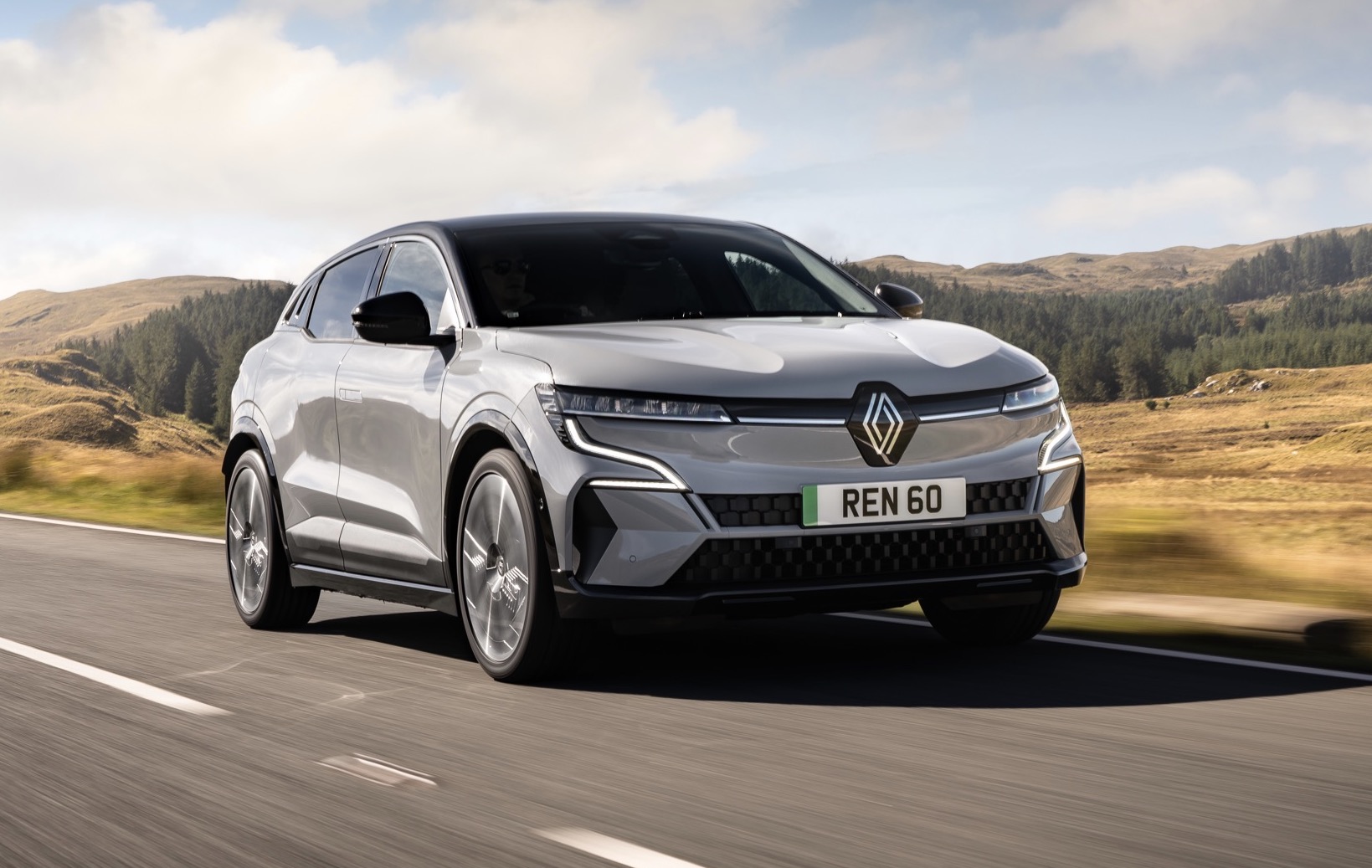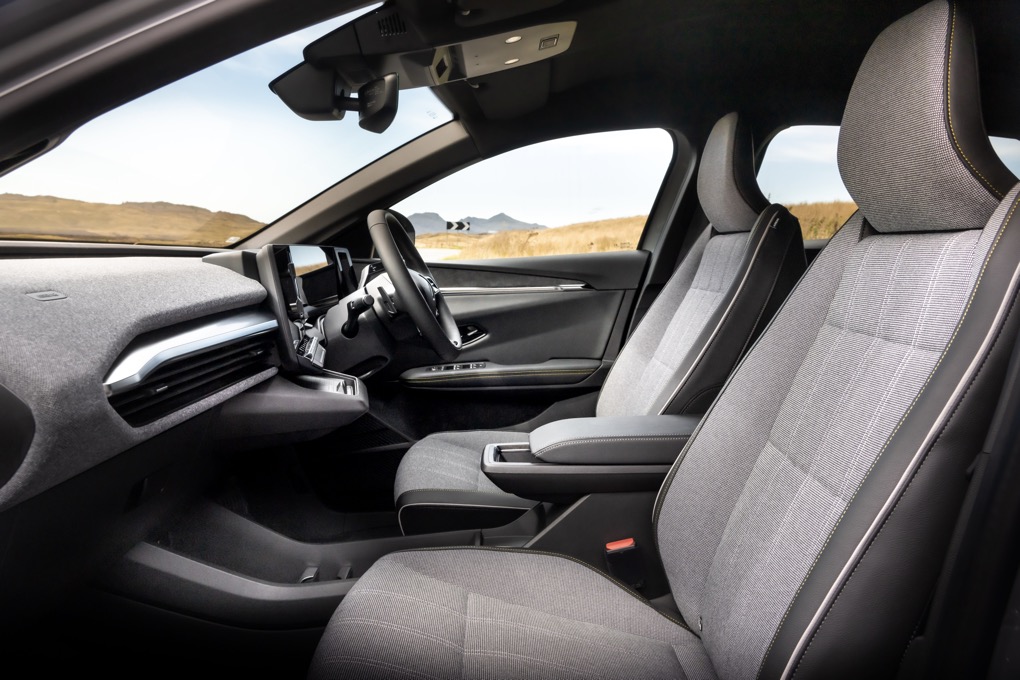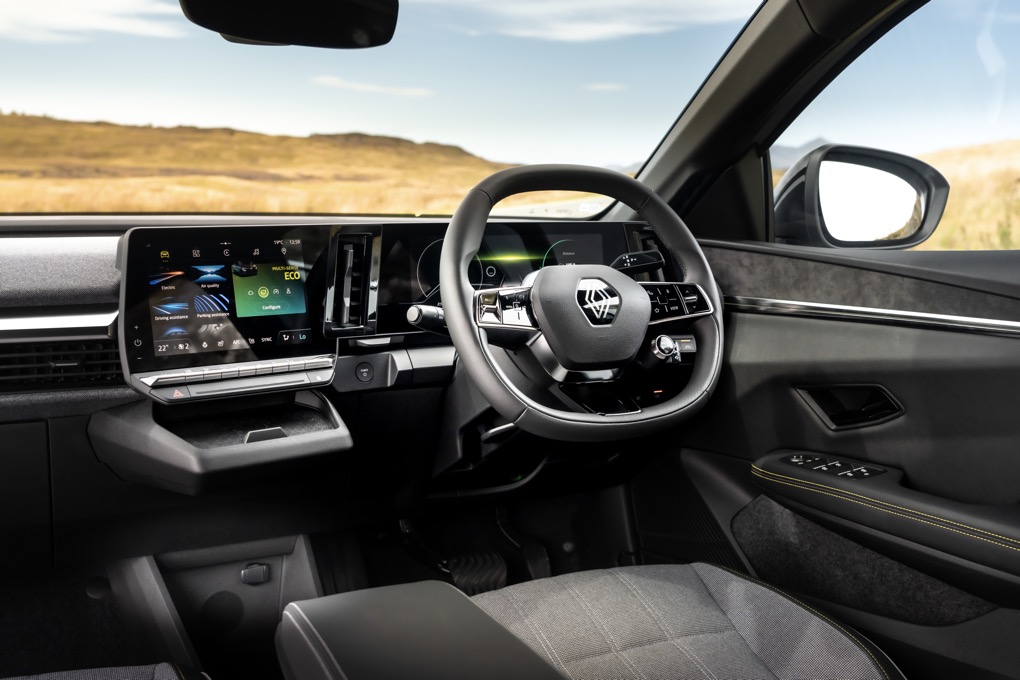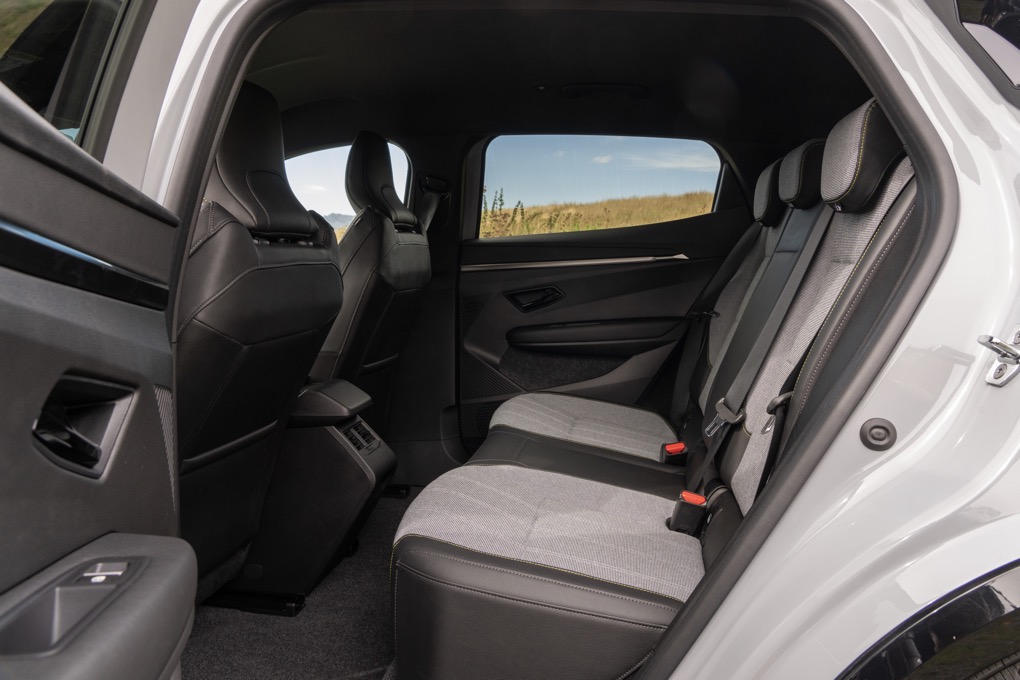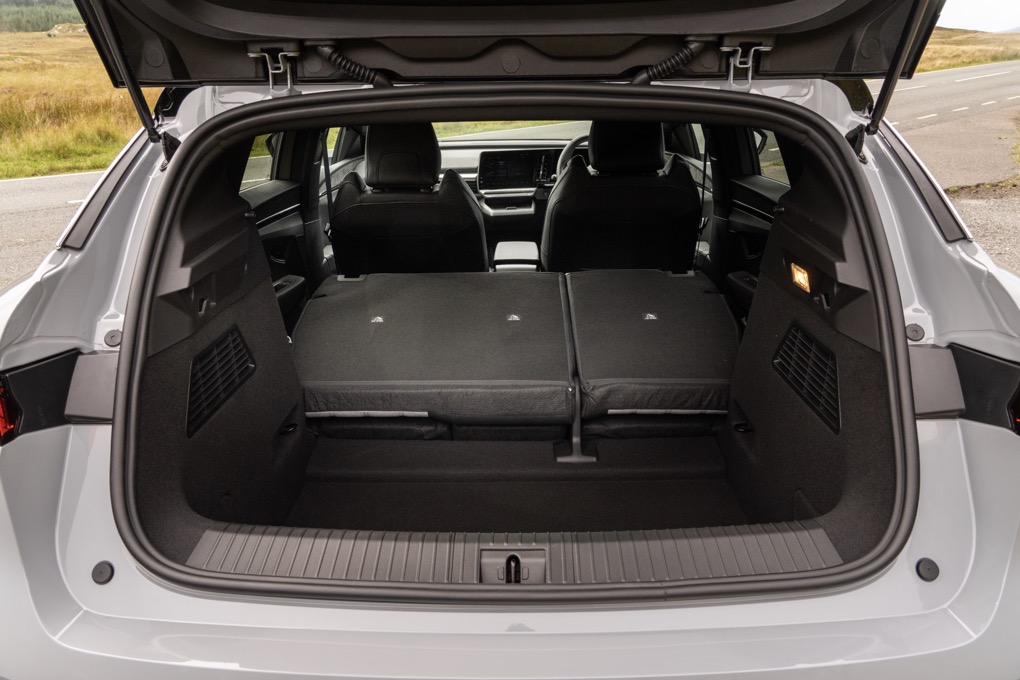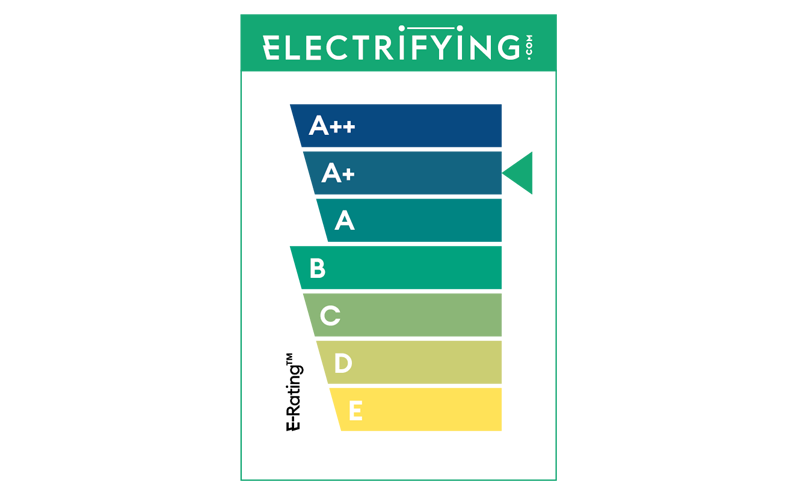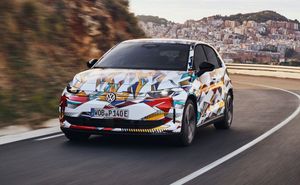Renault CEO, Luca de Meo has proclaimed a “renaulution" and has written a blank cheque to teams developing a new Renault 5 and Renault 4, along with the new Scenic and this, the new Megane E-Tech. The brand has also invested hugely in the new CMF-EV electric car platform (a set of foundations that can be used to underpin a number of new models), which has been jointly developed with Nissan, and provides the base for the Ariya SUV.
The Renault Megane E-Tech is aimed squarely at the Volkswagen ID.3, Hyundai Kona Electric and MG4 EV.
There is a bit of an SUV-ish look to the Megane, but at 4.2m long and 1.5m tall it’s definitely in the hatchback category. Do check out the Renault Scenic E-Tech if you like Renault’s style and value for money, but want a bit more space and an SUV stance.
Renault offers the Megane E-Tech with a 60kWh usable battery, which delivers a WLTP range of 280 miles – not bad for the battery size, but you can get bigger batteries with longer range potential in the VW ID.3 and MG4. More importantly, it’s a shame that we haven’t seen great real-world efficiency, meaning that you’ll see more like 160- to 220 miles in real-world use, depending on conditions.
DC rapid charging can be done at a maximum speed of 130kW, which is good enough for a 10-80% charge in 30 minutes on a 150kW charger.
So what’s it like? Well, ignore the fact that Renault has chosen to slap the Megane badge on it - this isn’t merely a converted battery version of the brand’s evergreen family car. The Megane E-Tech is an all-new electric car, designed from the ground-up to be battery-powered. It’s not even offered with petrol engines, in fact.
It’s impressive inside, too. Renault has balanced the digital infotainment features and physical switches really nicely, with a touchscreen featuring excellent, integrated Google maps and other software, as well as proper buttons for the air-con. It’s a shame we don’t get the bigger display that’s used in left-hand drive cars though.
There are a few oddities such as the angular mobile phone holding shelf that does a fine job of kneecapping drivers of a certain height, and a curious over-supply of steering column stalks. Even so, the Megane E-Tech is well thought-out and is mostly very user-friendly.
The flat floor gives rear seat passengers decent fidget-space, and although the sloping roof line and small windows make it feel a tad closed-in, the Megane E-Tech promises to be an excellent family car. The boot can hold 440 litres of luggage, and (thanks to Renault’s slim battery design) the floor is low and wide – although a lot of the space is in the depth of the boot, which isn’t so useful if you’re going to be slinging in big items like buggies. There’s no frunk, either, as the Megane has a front-mounted motor, and is front-wheel drive (there’s no four-wheel drive model available).
It's great to drive, though, so you probably won’t miss the fact that there isn’t a fast, all-wheel drive ‘hot’ version of the Megane to match alternatives like the MG4 XPower. We’d still say that the Megane is the better car to drive, as it’s got a really nice blend of responsive, tidy steering response and body control, with well-judged ride comfort. Sure, the Citroen e-C4 is a bit comfier as it has a softer ride, and the Cupra Born runs the Megane very close for fun factor.
Which is even more tempting given that it’s also well priced, and particularly competitive on leasing and PCP deals, which you can find for close to £300, with low interest and deposit contributions.
Verdict
The Megane E-Tech is a really great all-rounder; stylish enough to be desirable, practical enough to be easy to live with, and great fun to drive. The big disappointment is that real-world range isn’t better, but if you’re okay with that, then the electric Megane is a good value electric family car that’s fun to drive and easy to live with.





